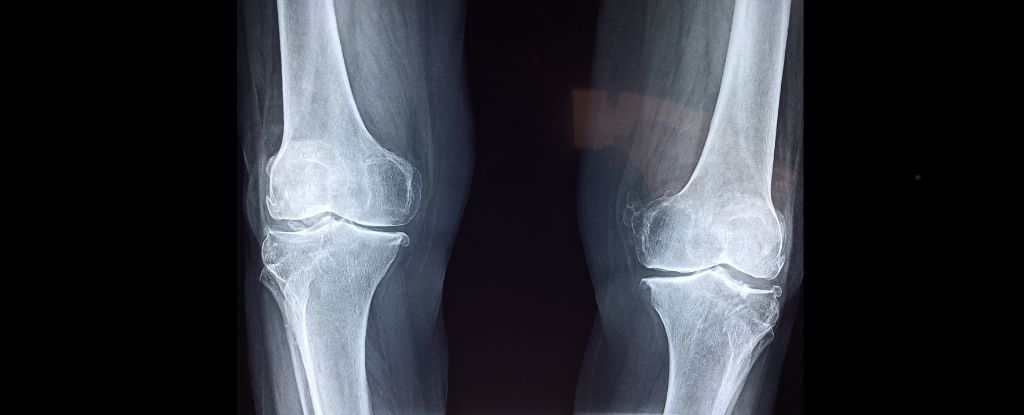
Published at: November 9, 2024 2:42 PM
Osteoporosis, often called a "silent killer," is a disease that weakens bones, making them fragile and prone to fractures. The condition usually goes unnoticed until a fracture occurs, often in critical areas like the spine, hips, and wrists.
According to the National Osteoporosis Foundation, over 10 million Americans suffer from osteoporosis, and an additional 43 million have low bone density, a warning sign of the disease. By 2030, this number is projected to increase to 71 million, driven by lifestyle factors like smoking, lack of exercise, and alcohol use, as well as by an aging population.
While the statistics can be alarming, experts emphasize that osteoporosis is preventable. Understanding the signs and taking preventive steps early in life can help maintain strong bones into old age.
Recognizing Early Warning Signs
Osteoporosis is often symptomless until a bone fracture occurs. Minor falls or bumps can result in fractures in areas such as the hip, wrist, or spine. Height loss, frequent back pain, and a hunched posture can also be indicators of weakened bones.
Essential Nutrients: Calcium and Vitamin D
Calcium and vitamin D are crucial for bone strength. Calcium-rich foods, such as milk, yogurt, and cheese, provide the building blocks for strong bones. Plant-based sources like soy, beans, lentils, almonds, and leafy greens are also beneficial, especially for those avoiding dairy. Vitamin D, obtained through sunlight and supplements, helps with calcium absorption, making it another critical component for bone health.
Exercise for Stronger Bones
Regular physical activity is one of the most effective ways to protect against osteoporosis. Weight-bearing exercises like walking, jogging, and dancing, as well as strength training, improve bone density and help with balance and flexibility, reducing the risk of falls. Aim for 30 minutes of exercise four times a week, combined with muscle-strengthening activities twice weekly.
Avoiding Risky Habits
Smoking and excessive alcohol intake are known to reduce bone density and increase fracture risks. Avoiding these habits can help protect bone health, especially for women who experience significant bone density loss around menopause.
Screening and Early Treatment
Doctors recommend that women start osteoporosis screening at age 65, while men at higher risk should consider screening earlier. A bone density scan can help detect bone weakness and assess fracture risk. Early diagnosis allows for better management of the disease through lifestyle changes and, when necessary, medication.
Osteoporosis requires long-term commitment to maintaining bone health. By taking proactive steps now, such as regular screening, eating well, and staying active, you can reduce your risk of osteoporosis and protect your bones.
Share to